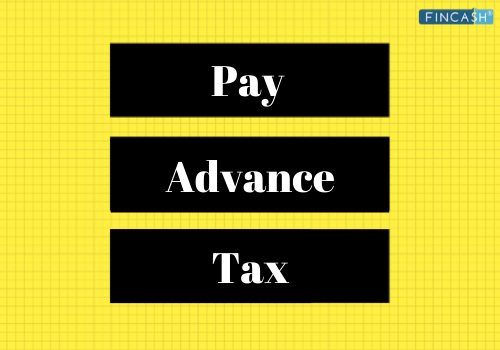
Table of Contents
Tax Loss Carryforward
As per the tax loss carryforward meaning, it refers to some provision that is known to allow the respective taxpayer carry over the tax loss to some future years for offsetting the profit. The term also goes by the name as tax loss carryover.

It can be claimed by some business or individual for reducing future tax payments.
How Does tax loss carryforward Work?
You should regard the process of tax loss carryforward to be simply opposite the profit. It is, therefore, also regarded as negative profit when it comes to the taxation purposes. It is occurs when the overall expenses tend to be greater in comparison to the revenue. Alternatively, it may occur when the Capital losses tend to be greater in comparison to the respective capital gains. The provision serves to be an impressive tool for the creation of relief with respective future Taxes. You can typically come across two variants of tax loss carryforwards:
- Capital Loss carryforwards, and
- Net operating loss carryforwards
Net Operating Loss Carryforwards
As far as the income tax purpose is concerned, a NOL or Net Operating Loss serves to be the result when the allowable deductions of the company tend to exceed the respective taxable Income within the given tax period. The NOL could be utilized for offsetting the tax payments of the company in other relevant tax periods with the help of the tax provision by IRS or Internal Revenue Services.
Talk to our investment specialist
The NOL carryforward is known to apply the NOL of the current year against the net income of the future for reducing the overall Tax Liability in the upcoming tax period.
For instance, if an organization tends to experience the negative value for NOL in the first year, but tends to experience positive values for NOL in the later years, then it can go forward with reducing future profits with the help of the NOL carryforward. This is utilized in recording all or some of the losses from the 1st year in the coming years. The given phenomenon results in a lower value for the Taxable Income during the positive years for NOI. Eventually, it leads to the reduction of the amount that the given company would owe to the respective government in the form of taxes.
Capital Loss Carryforward
Capital losses and gains are the result of the sale of the respective capital assets –including Bonds, stocks, jewelry, Real Estate, and antiques. When the sale of capital assets occurs, the loss or the gain on the given sale tends to be the difference between the selling price and the respective tax Basis. In case the selling price turns out to be more than the respective tax basis, then the end result is Capital Gain. On the other hand, the result is a capital loss.
All efforts have been made to ensure the information provided here is accurate. However, no guarantees are made regarding correctness of data. Please verify with scheme information document before making any investment.












